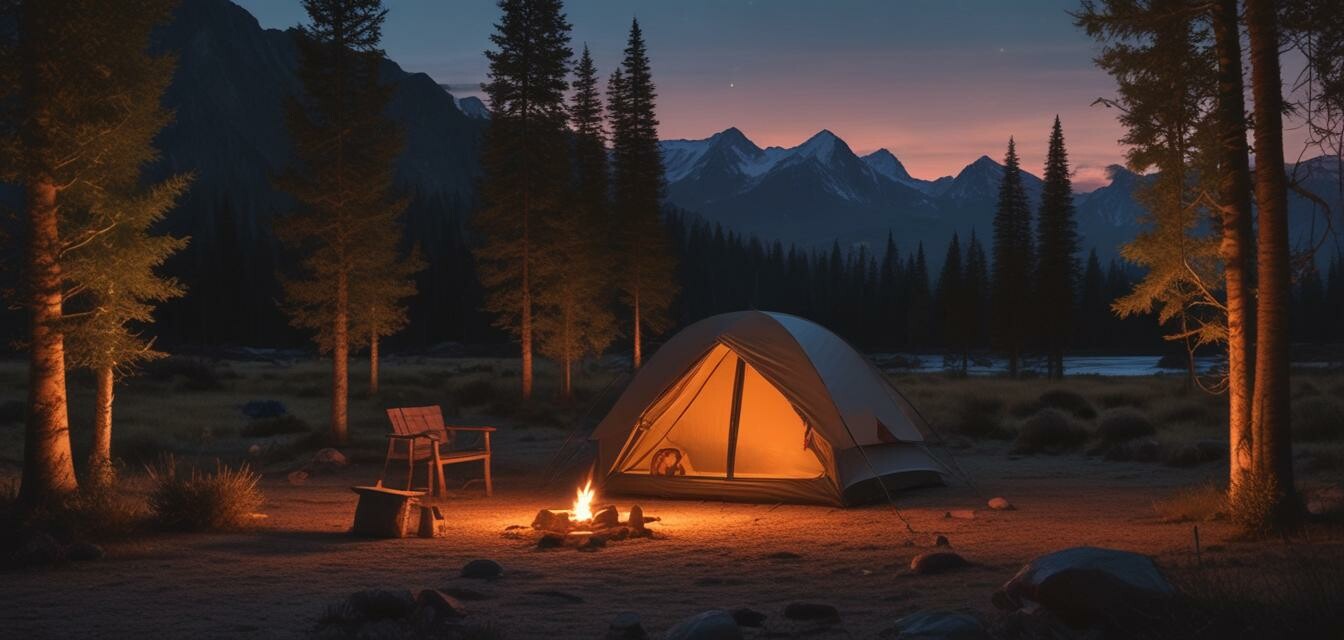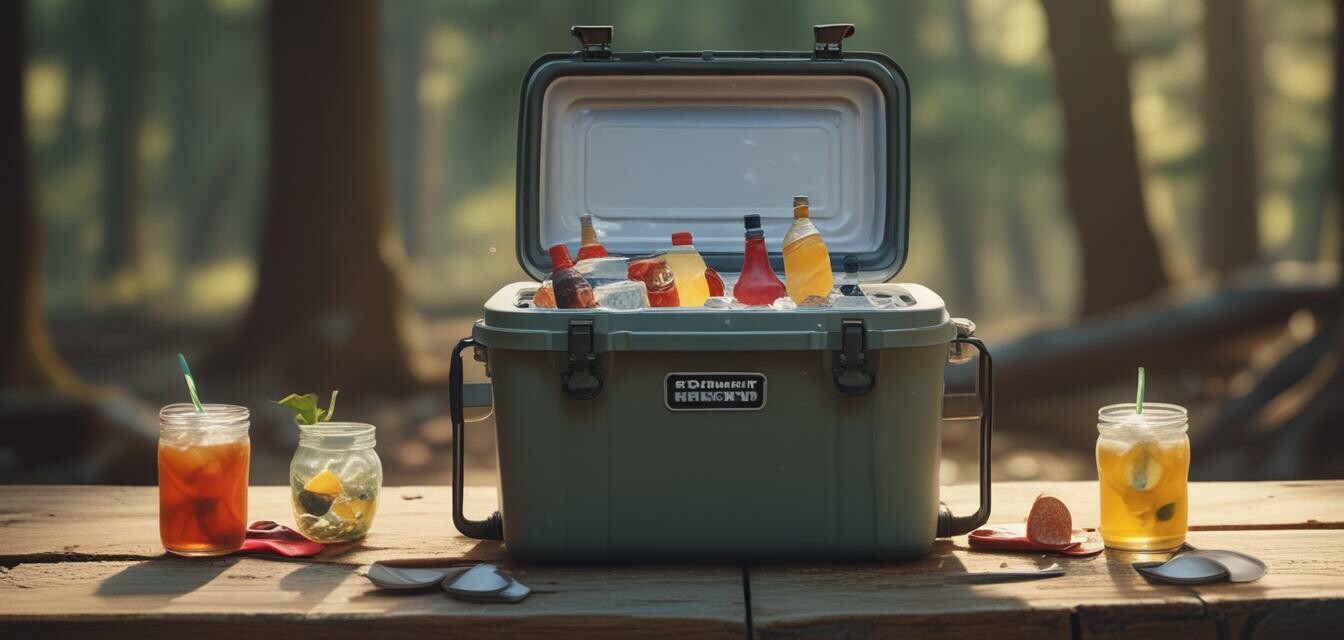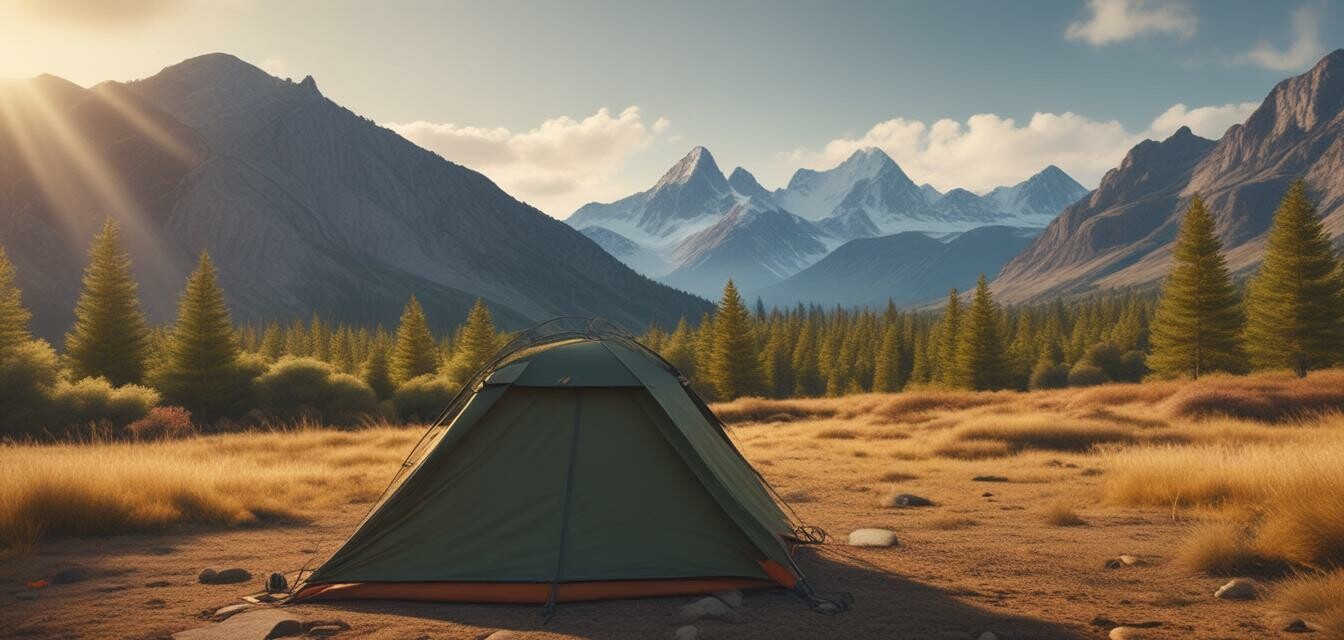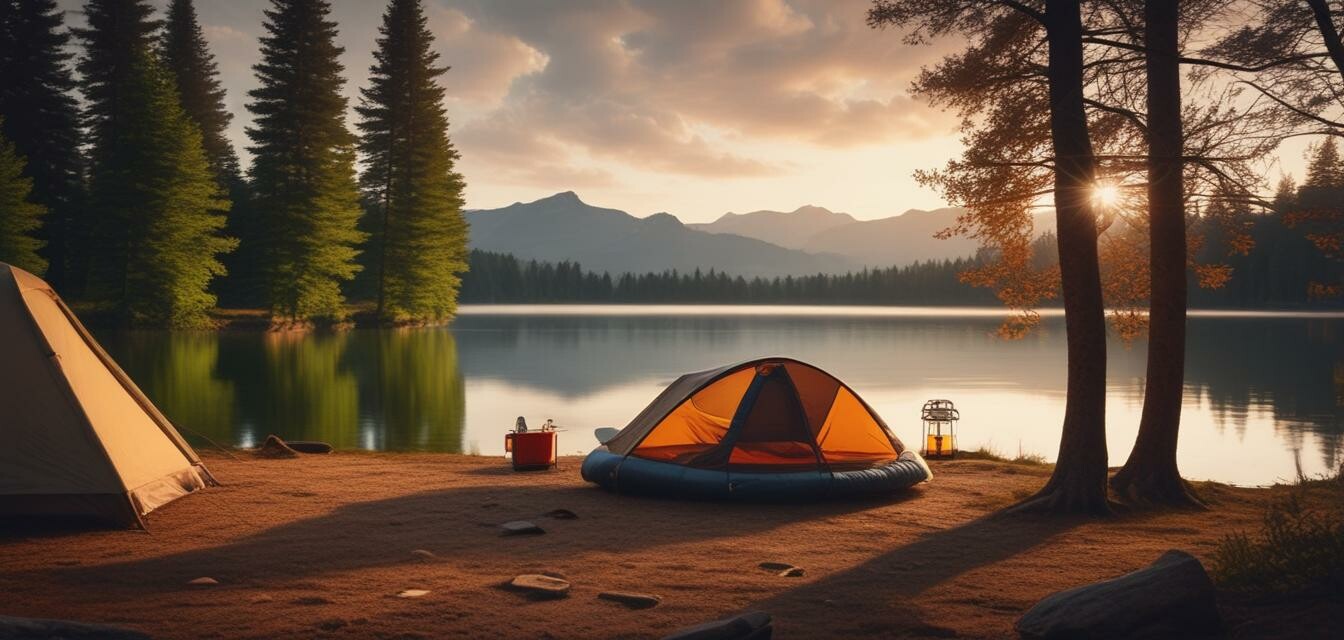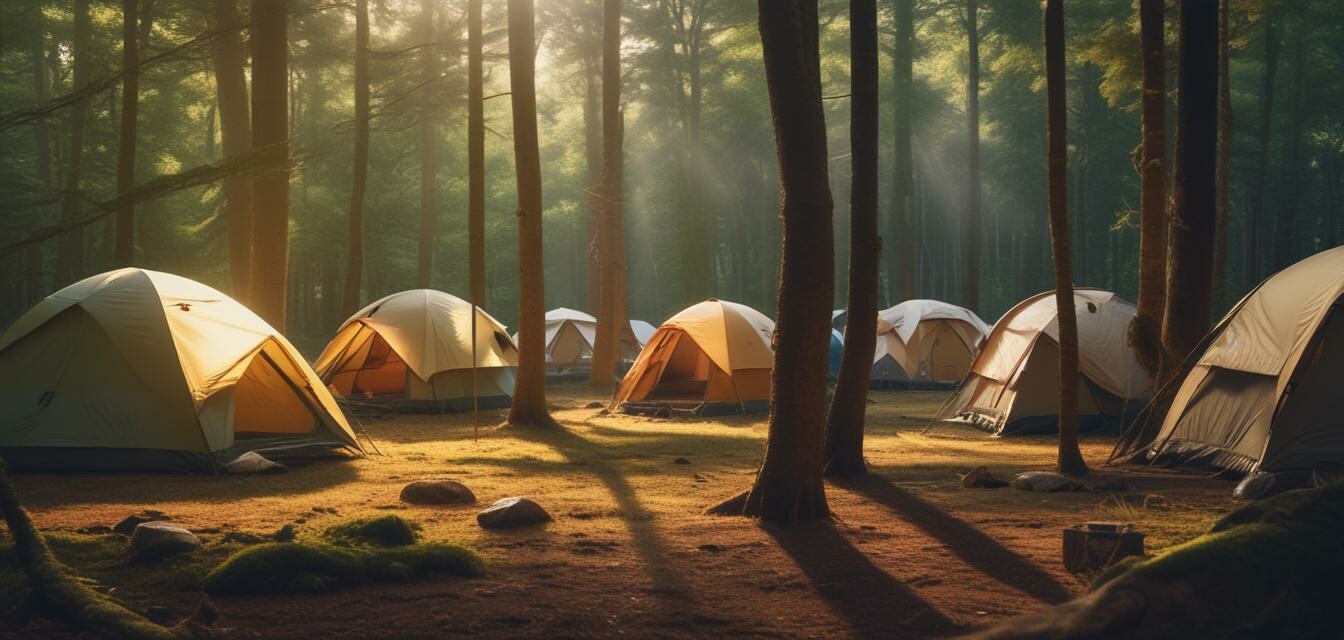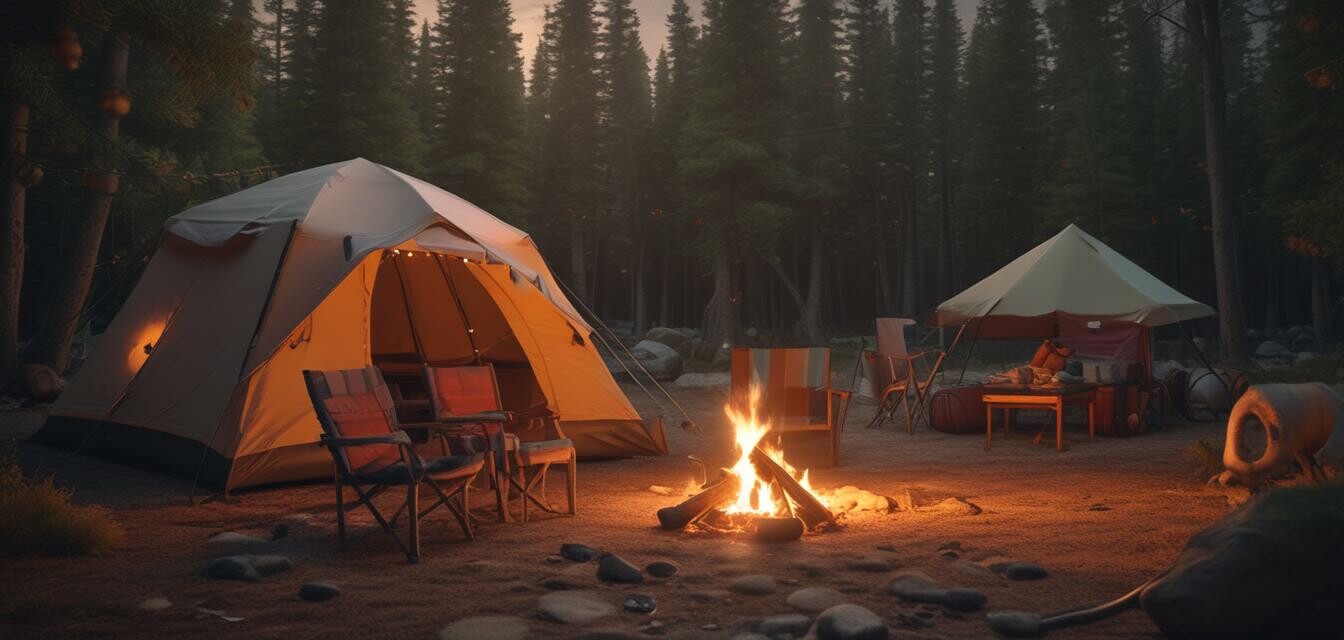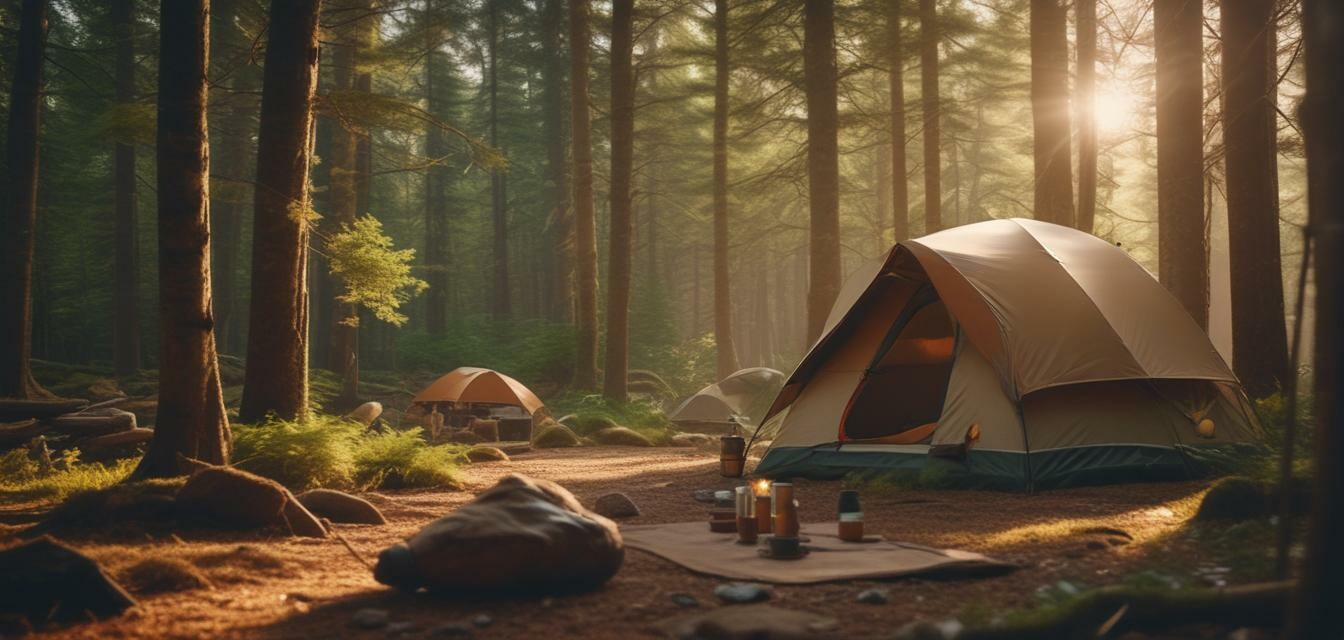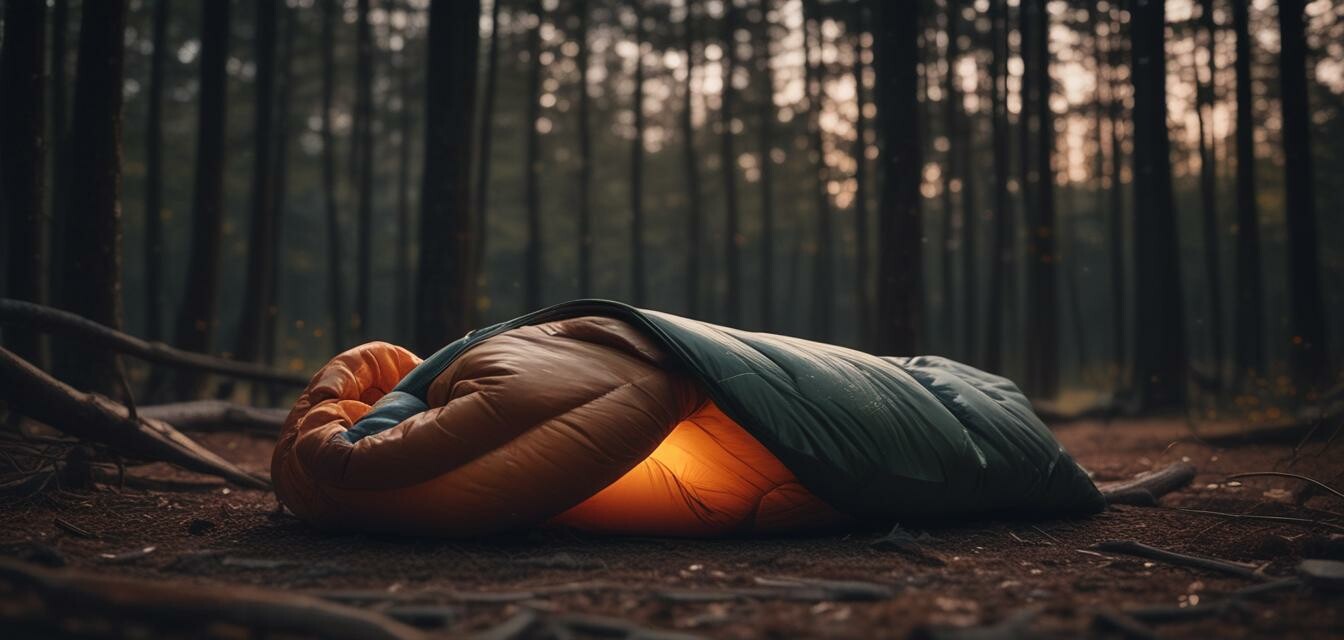
Sleeping Bags for Camping
When it comes to camping, a good night's sleep is essential for a fun and rejuvenating experience. And, a good sleeping bag can make all the difference. In this article, we'll dive into the world of sleeping bags, exploring the different types, temperatures, and packability features that matter most for camping.
Key Takeaways
- There are three main types of sleeping bags: rectangular, mummy, and semi-rectangular.
- Sleeping bag temperatures range from summer (above 30°F) to winter (below -20°F).
- Packability features like compression sacks and roll-top closures make a big difference for camping.
Types of Sleeping Bags
When choosing a sleeping bag, the first thing to consider is the type. There are three main types: rectangular, mummy, and semi-rectangular.
| Type | Description | Pros | Cons |
|---|---|---|---|
| Rectangular | Roomy and comfortable, with a rectangular shape. | Good for campers who like to move around, spacious interior. | Bulky, may not be as warm as other types. |
| Mummy | Tight-fitting, with a tapered shape that reduces heat loss. | Warm, lightweight, and compact. | Restrictive, may not be comfortable for larger campers. |
| Semi-Rectangular | A compromise between rectangular and mummy shapes. | Comfortable, warm, and relatively compact. | May not be as lightweight as mummy bags. |
Sleeping Bag Temperatures
Sleeping bag temperatures are rated based on the lowest temperature at which the bag will keep you comfortable. Here's a breakdown of the temperature ranges:
| Temperature Range | Description |
|---|---|
| Summer (above 30°F) | Lightweight, breathable bags for warm weather camping. |
| Spring/Fall (15°F to 30°F) | Versatile bags for moderate temperatures. |
| Winter (below -20°F) | Insulated, heavy-duty bags for extreme cold weather. |
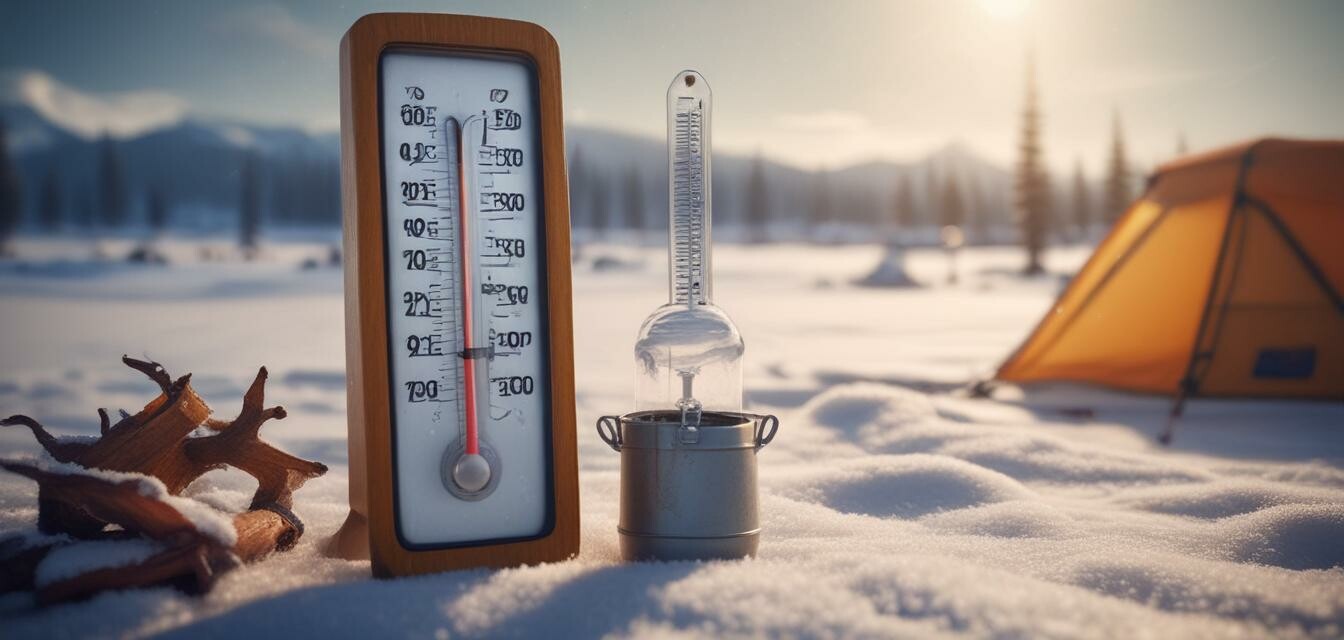
Packability Features
When camping, it's essential to consider the packability of your sleeping bag. Look for features like:
- Compression sacks: Reduce the volume of the bag for easy packing.
- Roll-top closures: Allow for quick and easy packing.
- Water-resistant materials: Protect the bag from moisture.
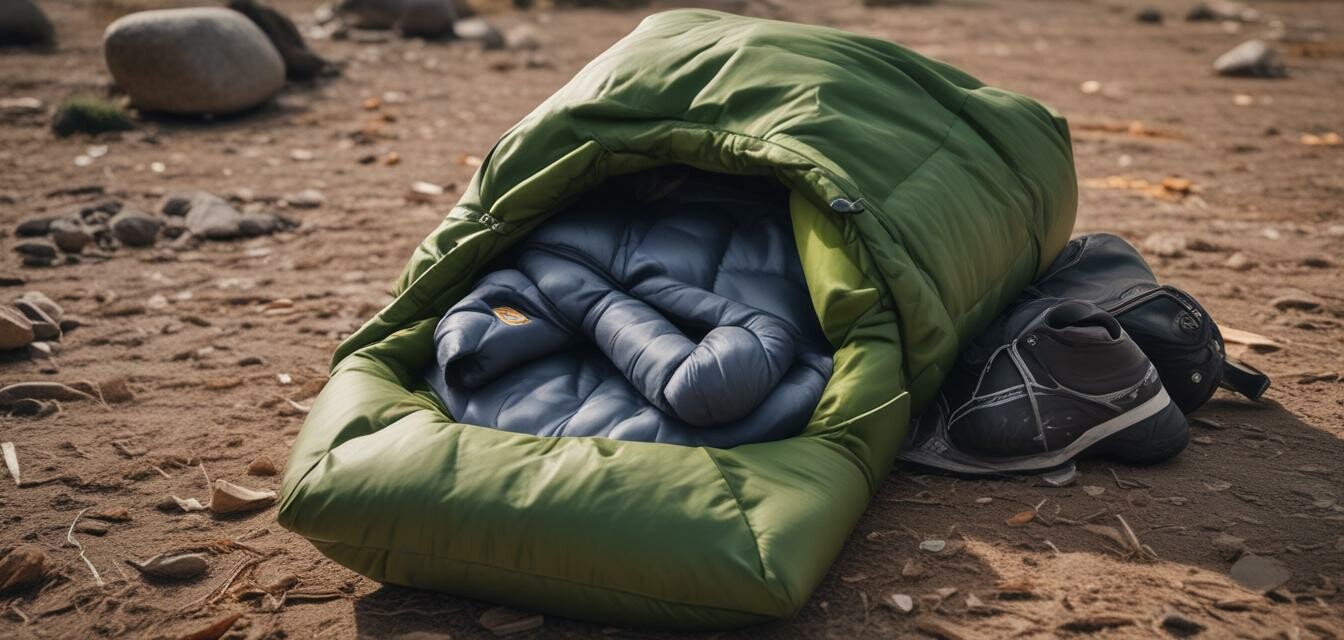
Additional Features to Consider
Some sleeping bags come with additional features that can enhance your camping experience:
- Hood and neck design: Keep your head and neck warm and protected.
- Insulation type: Synthetic or down insulation, each with their own pros and cons.
- Zipper and draft tube design: Prevent heat loss and keep the cold out.
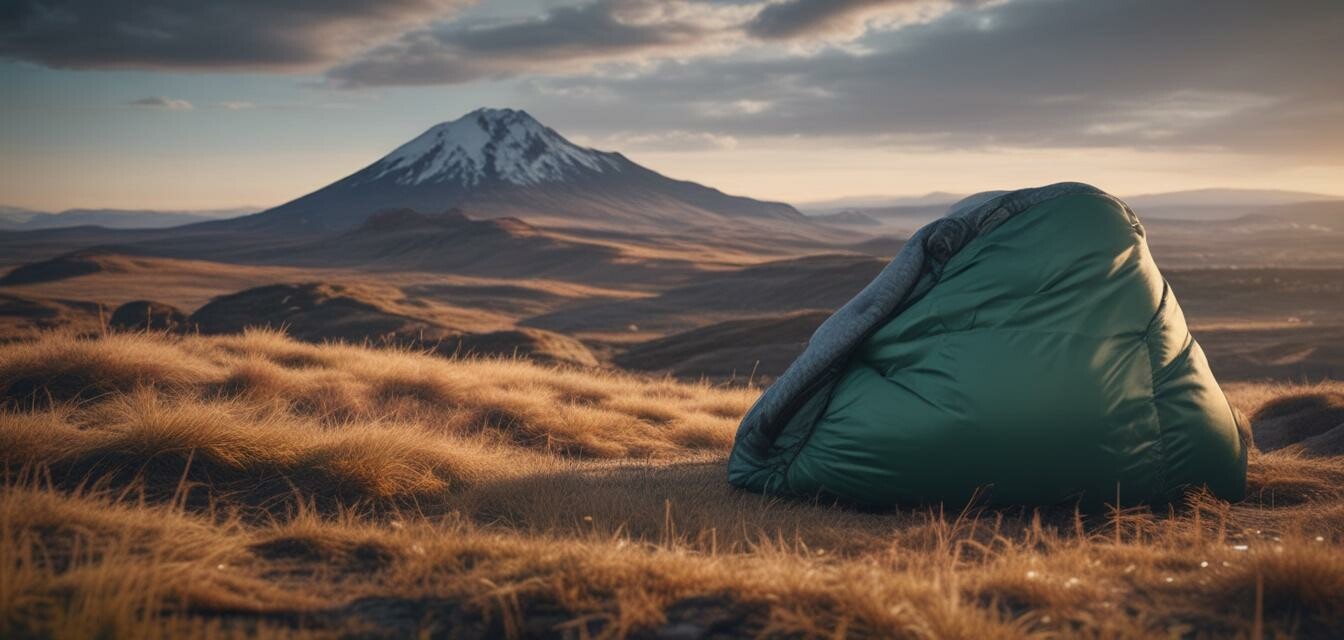
Pros
- Comfortable and warm sleeping bags available for camping.
- Versatile temperature ranges and packability features.
- Additional features like hoods and neck design enhance the camping experience.
Cons
- Choosing the right sleeping bag can be overwhelming.
- Some sleeping bags may be too bulky or heavy for backpacking.
- Quality sleeping bags can be expensive.
When it comes to sleeping bags for camping, there are many options to choose from. By considering the type, temperature, and packability features, you can find the perfect bag for your next camping adventure.
For more information on camping gear, check out our guides on camping tents, camping chairs and tables, and camping cookware and utensils.
